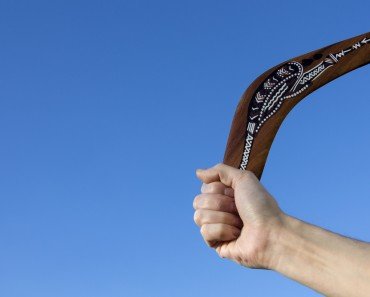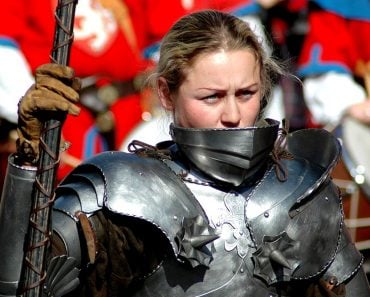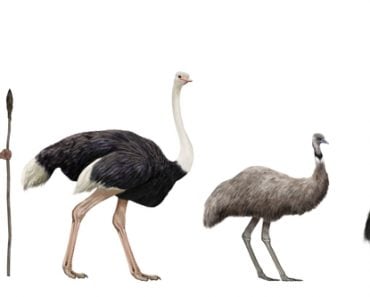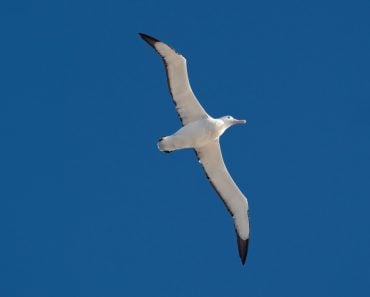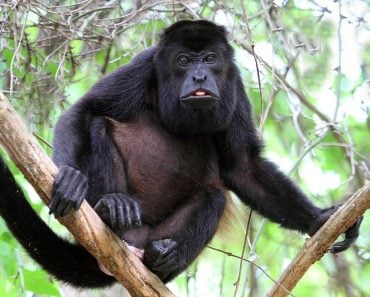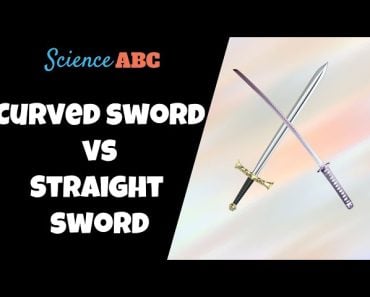Table of Contents (click to expand)
Feathers on the backs of arrows are formally known as fletching, and help to keep the projectile moving in its original direction by introducing a small amount of stabilizing drag.
Using a bow and arrow is no longer the preferred method for hunting or attacking an enemy combatant, but for thousands of years, simple projectile weapons were the most effective tools that humans had! To this day, many hunters prefer archery to the use of firearms.
For the non-hunters reading this, perhaps you can summon an image of Legolas from Lord of the Rings, Robin Hood or Merida from the Pixar movie Brave. All of these legendary archers, aside from being fictional characters, also used arrows with feathers attached to the back! While feathers aren’t attached to every modern arrow that is produced, feathers were a critical part of arrow construction for thousands of years, but why?
Recommended Video for you:
Arrow History And Design
The best estimates of archaeologists and anthropologists date the development of the bow and arrow at roughly 70,000 years ago! Based on the evidence of cave paintings and projectile points (arrowheads), rudimentary bows were constructed of readily available materials, such as flexible wood and twine/vine, and primarily used for hunting.
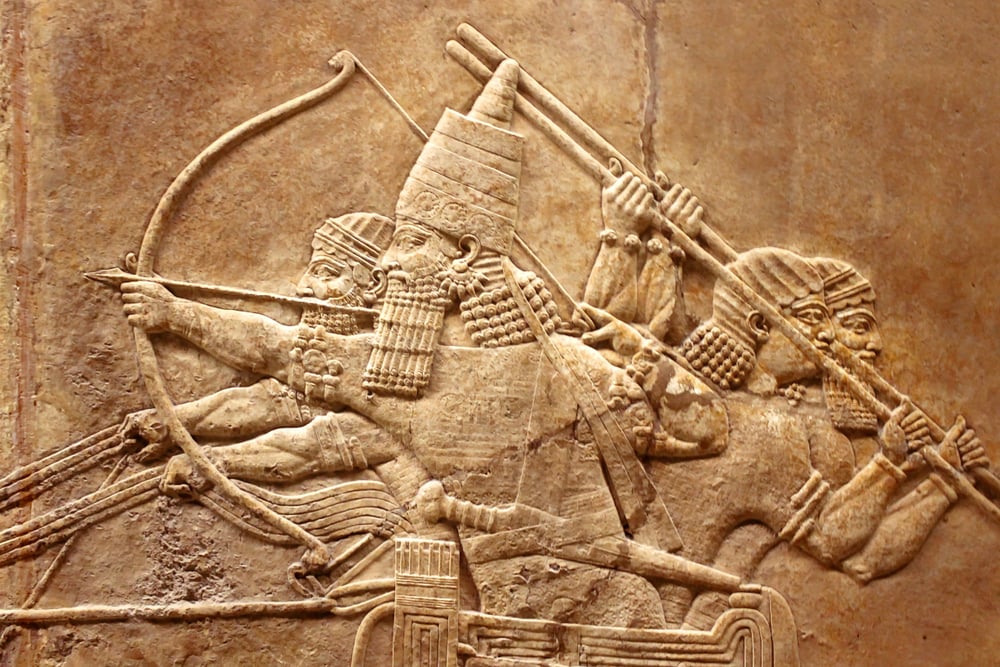
The development of bows and arrows was likely a step up from clubs, spears, and other projectiles that offered less control or accuracy from a distance. It would be thousands of years before bows and arrows were used as weapons of war, which is also when more complex bows were developed (i.e., composite bows, recurve bows, etc.).
The design of arrows, on the other hand, has always been extremely simple, and consists of three parts—the shaft, the point and the fletching. While the first two elements are generally understood by most people, the fletching is where much of the confusion lies. The fletching is the collective name for the three or four fin-shaped structures attached to the back of an arrow. In fact, fletching is a catch-all term for any aerodynamic stabilization device that is attached to a projectile, whether that is a rocket, a spear, an arrow, a throwing dart or a Nerf Vortex!
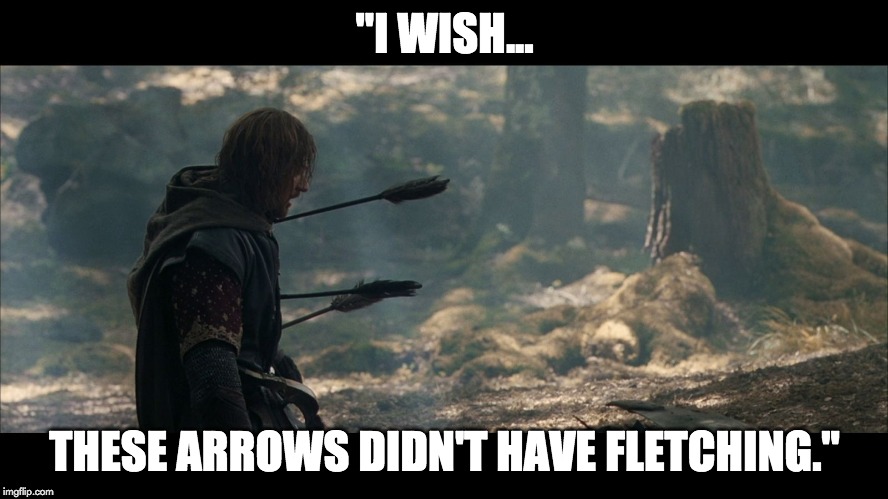
To understand why a fletching is important, we need to look at the physics of an arrow in flight. Imagine that an archer is pulling back an arrow that is nocked in the bowstring. The tension that is generated by pulling back on the bowstring represents potential energy. You are not stretching the string, but rather changing the shape of the bow stave, making the bow into a spring. When the archer releases the bowstring, the potential energy will be converted into kinetic energy moving in the forward direction.
Depending on wind conditions and the straightness of the shot, as well as the force being applied by the archer, a number of forces could begin to act on the arrow, causing it to veer off course, or even tumble end over end. Considering that the purpose of an arrow is to penetrate a target with as much force as possible, straight and unwavering flight is desired.
Having a sharp projectile point and a straight arrow shaft is critical to this purpose, but the fletching is perhaps the most critical variable. The fletching helps to stabilize the arrow while in flight, correcting any small variations that could take it off course or cause it to not hit a target directly.
The fletching generates a small amount of drag, which slightly slows down the arrow, but also ensures that it flies straight. If the backend begins to wobble or if the arrow starts to move end over end, the drag on the back portion of the arrow should keep the projectile moving on a predictable parabolic arc.
The length, height and shape of the fletching on an arrow varies, depending on the type of bow and the intended purpose of the arrow (i.e., sport, hunting, warfare, etc.).
Fletching: Past And Present
Until the 20th century, the fletching on the back of any arrow was traditionally made of avian feathers, often from a cock or hen (in English archery), though goose and turkey feathers are also popular. Wing and tail feathers are the most popular choices, as they are more rigid and are easier to manipulate, trim and adhere to an arrow.
Traditionally, there were 2, 3 or 4 fletches (fins of feathers) attached to the back of an arrow, though some African tribes are known to have used up to 8 feathers to increase stability even further.
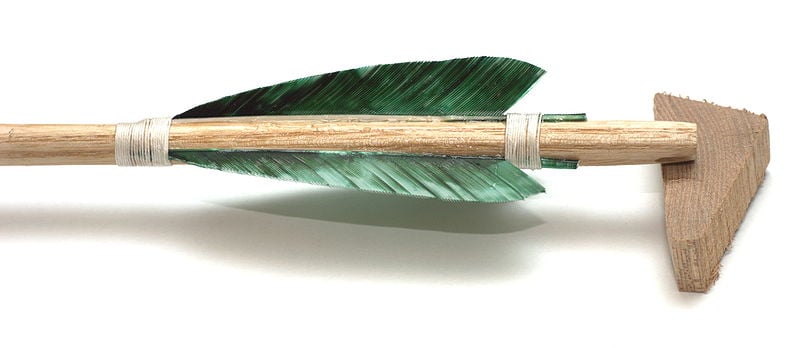
Evenly shaped and sized feathers would be attached to the back of an arrow with some type of adhesive glue, or even sewn onto the shaft using silk thread. The fletches would be evenly spaced around the outside of the shaft. Placement of the fletching and precision were critical, as all feathers have a natural curve, based on which wing of a bird they are taken from.
Also, feathers have one smooth and one rough side, which creates a slight aerodynamic differential; this is what gives a fletched arrow its natural spin as it moves through the air. This spinning typically begins well after the arrow has cleared the shelf of the bow, in mid-flight. Each fletch can also vary in shape (triangular, parabolic) and size (3-10 inches in length; 1-4 inches in height). For thousands of years, this type of aerodynamic add-on helped archers improve their arrows’ flight distance, accuracy and lethality.
However, with the advent of modern plastics, many fletches have been replaced by vanes, which serve the same purpose of increasing stability, but are more rigid and durable, due to being made of plastic. Feathers are lighter, and cause more spin and drag than vanes, but they are also susceptible to moisture and wear. Plastic vanes, on the other hand, will last longer without being damaged, even if the arrow is shot through brush or other obstacles. Some plastic vanes are designed with a helical shape, which induces the same type of spin that a feather would generate.

Feathers are also able to compress and bounce back to their original shape, which is important for archers shooting off the shelf of their bow. As the arrow passes over the shelf, the feathers are pressed down, so the arrow is smoothly released, without any erratic movement during the release. Vanes, however, will not compress down, so if shot from the shelf of the bow, the flight of the arrow will immediately have some wobble due to the vane striking the shelf when it is released.
A Final Word
From ancient humans perfecting their first crude hunting tools to modern-day sportsmen proving their skill with a high-tech tactical crossbow, bows have changed a lot, but the concept of an arrow has basically remained the same. 10,000 years ago, hunters were attaching feathers to their arrows with resin to stabilize their flight; today’s hunters attach plastic vanes to their arrows in order to accomplish the same thing. Fletching of any kind, organic or plastic, is intended to stabilize arrows by creating drag and causing them to spin as they speed towards their intended target!
References (click to expand)
- (2011) An Experimental Exploration of the Effectiveness of Fletching. The University of Nebraska–Lincoln
- Klopsteg, P. E. (1943, August). Physics of Bows and Arrows. American Journal of Physics. American Association of Physics Teachers (AAPT).
- DK Lieu. The Mechanics of Arrow Flight upon Release. The University of California, Berkeley


